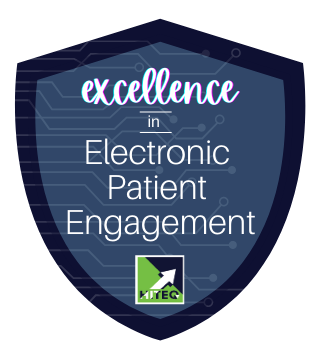
This curriculum will instruct health center learners on the changing role of the consumer/patient within healthcare in which the point of diagnoses and care is being increasingly shifted from the classical care provider setting to a more patient-centered model of health services. This shift in perspective and responsibilities is largely being stimulated by a critical mass in personal health information technology innovation and development, including patient portals, health apps, web-enabled medical devices, personal fitness trackers and remote health monitors.
These materials will provide health center staff with skills for navigating Electronic Patient Engagement strategies that include being better informed on: 1) patient activation and patient engagement; 2) incorporation of patient engagement tools and strategies into the organizational workflow; 3) evaluation of patient needs, satisfaction, and activation; and 4) current tools and services available for electronic patient engagement.
Take some time to read through some of the articles on this page and then fill out the submission form on the right and you will be rewarded with an Excellence in Electronic Patient Engagement HITEQ Center badge! This is an official badge that is submitted by the HITEQ Center as a proof of completion to the blockchain. Your credentials can be added to profiles such as LinkedIn and verified through accreditation services such as Accredible and Open Badge.